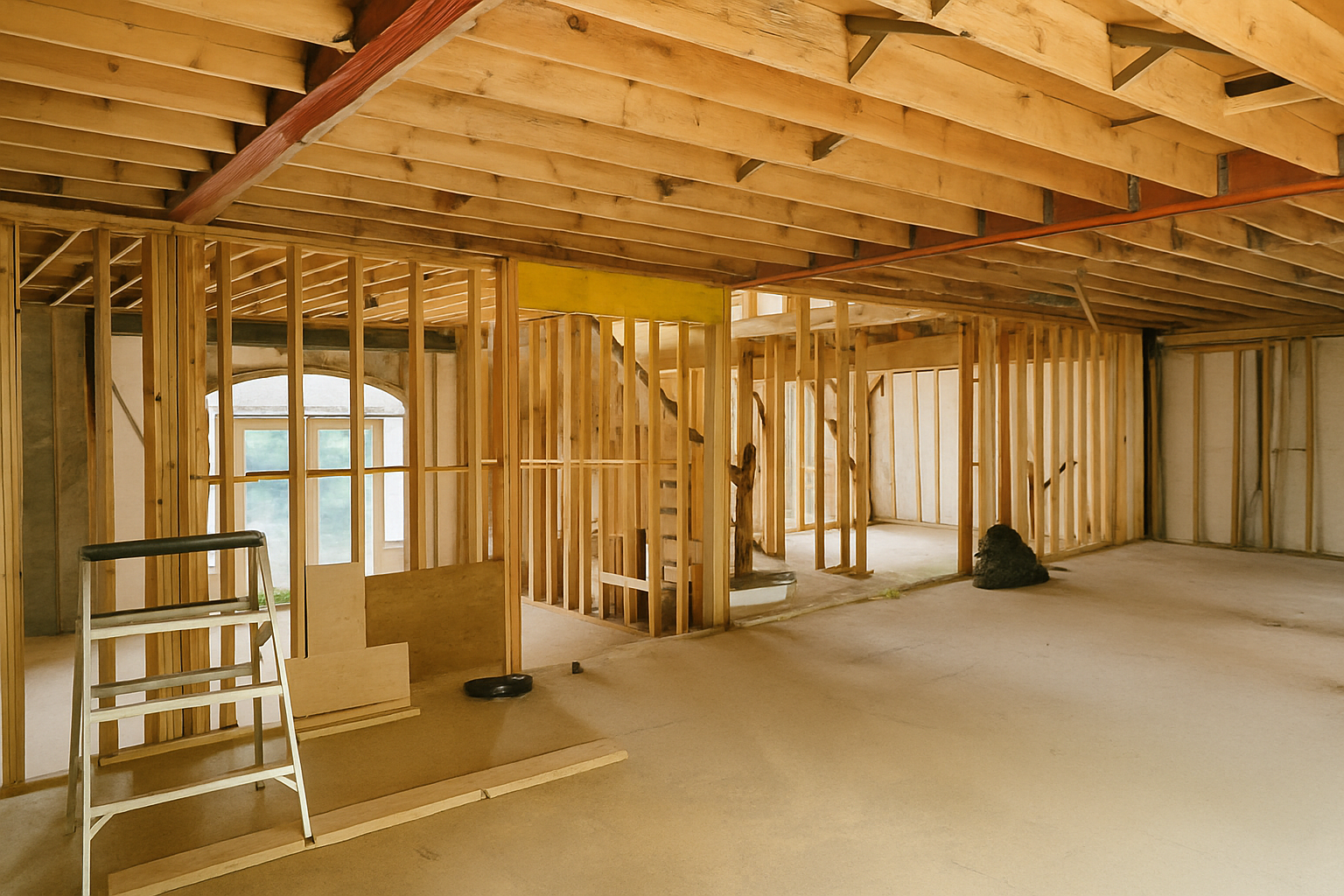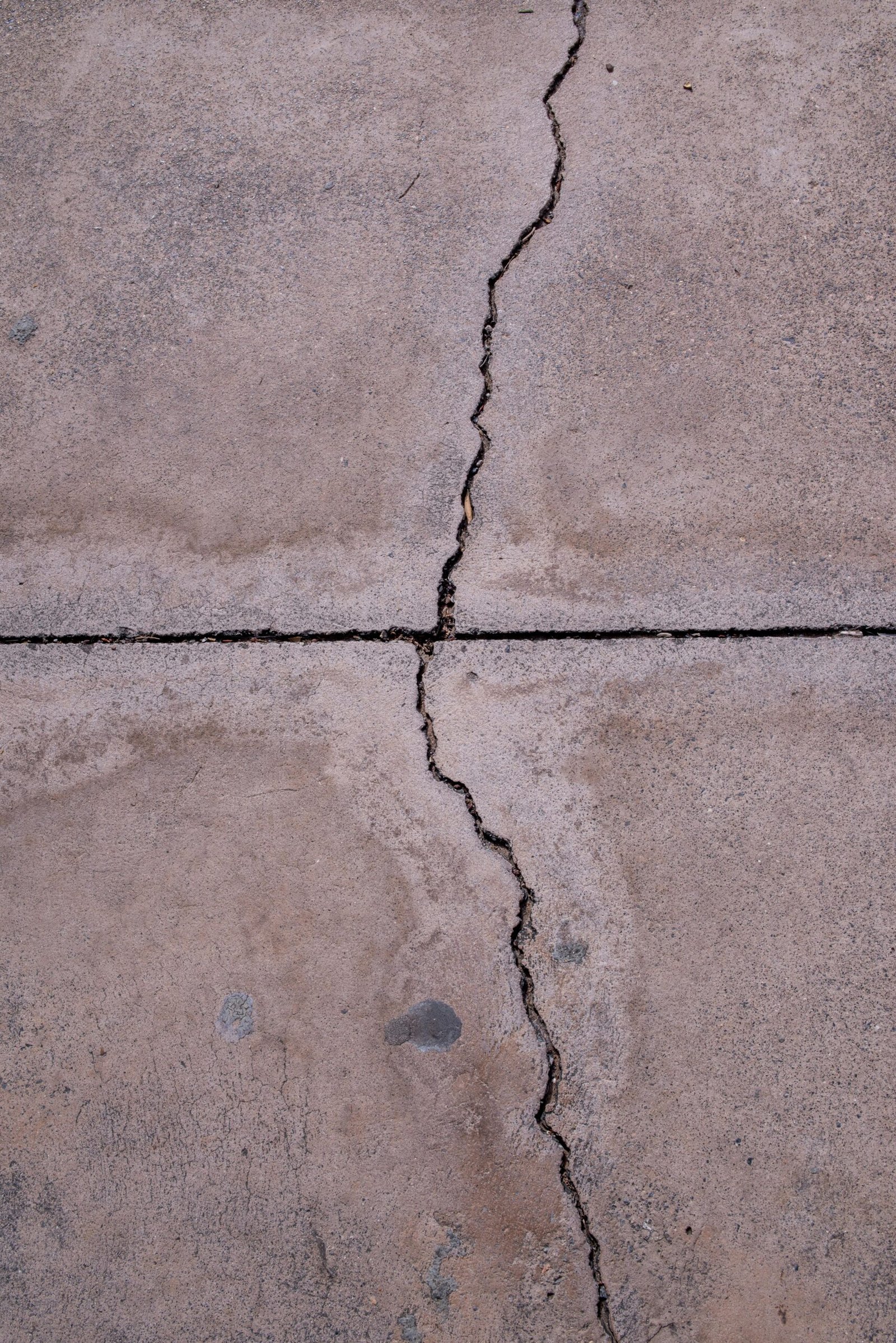Many Canadians remember learning the story behind the Iron Ring – the humble stainless band worn by engineers as a reminder of a catastrophic bridge failure caused by a seemingly minor oversight. That idea embedded itself in what we do at Ostan: engineering is not just about building structures, it’s about building character. Over the years, that commitment has required us to walk away from projects rather than compromise public safety, to defend fundamentals even when budgets push back, and to navigate the delicate line between efficient design and ethical responsibility. At Ostan Engineering, we stand on the belief that integrity is the foundation upon which cities – and trust – are built.
In the race to meet deadlines and budgets, ethics can seem like a distant ideal, something referenced in textbooks but rarely factored into the daily grind of construction. Yet, time and again, it’s the invisible moral frameworks guiding engineering decisions that determine whether a city thrives for a century or crumbles under its own shortcuts. Ethical engineering isn’t a philosophical luxury – it’s the foundation of durable, trustworthy, and future-ready infrastructure.
The Hidden Cost of Cutting Corners
Every engineer knows the pressure: compress the schedule, trim the costs, satisfy competing demands from developers, contractors, and municipalities. But history offers countless reminders that the smallest ethical compromise can lead to disproportionate consequences – collapses, environmental damage, or public mistrust that can take decades to repair.
Compliance with codes and regulations is only the starting point. True professional integrity demands going beyond the minimum – to question, verify, and design with an awareness that lives depend on the decisions made at a drafting table. An engineer’s calculations don’t exist in a vacuum; they ripple outward, shaping safety, sustainability, and community confidence.
At Ostan Engineering, internal reviews have shown that ethically-driven design decisions – like prioritizing conservative load paths or selecting locally sourced materials despite marginal cost increases – reduce long-term maintenance issues by up to 25%. The math is clear: doing the right thing is not only safer, it’s smarter business.
The Ethical Multiplier Effect
Much like efficient design can unlock financial savings, ethical design multiplies social and economic resilience. For instance, consider a municipal bridge project that technically meets code but cuts back on corrosion protection to save initial costs. The short-term budget win quickly erodes as maintenance costs compound over decades, ultimately burdening taxpayers and undermining public trust.
Contrast that with an ethics-first approach: specifying superior materials, verifying independent testing, and designing for lifecycle performance rather than minimum compliance. The bridge not only stands stronger but also becomes a symbol of civic reliability—a structure that outlasts its builders and quietly earns the public’s trust.
Ethical engineering is, in essence, a long-term investment in a city’s emotional and financial stability.
Building Cultures, Not Just Structures
For developers and municipalities, the question isn’t whether ethics matter – it’s how to embed them into daily practice. Here are practical steps to move from principle to performance:
1. Choose Partners Who Practice Transparency.
Ask for firms that demonstrate accountability – those willing to explain their decision-making process, not just the outcome. When engineers are open about trade-offs, risks, and rationale, clients gain insight into the moral integrity behind the math.
2. Align Values at the Outset.
During proposal evaluations, prioritize firms that articulate ethical design standards alongside technical expertise. Look for teams that consider community impact, sustainability, and lifecycle durability as part of their deliverables.
3. Foster Internal Ethical Audits.
Just as quality assurance verifies safety, ethical audits ensure decision-making integrity. Regular peer reviews and open debriefs create a culture where questioning decisions is not dissent – it’s diligence.
Beyond Compliance, Toward Legacy
Cities are living systems, and engineers are their quiet architects of trust. When ethics lead design, structures transcend function – they become part of a moral infrastructure that supports civic pride and public well-being.
Compliance checks boxes. Ethics builds legacies.
In the end, the strongest cities aren’t defined by their skylines but by the integrity of the unseen hands that built them.
References
[1] J. Roberts, Engineering Integrity and Urban Resilience, Canadian Civil Engineering Journal, vol. 59, no. 3, pp. 112–120, 2024.
[2] Ostan Engineering, Internal Analysis: Ethical Design and Lifecycle Performance in Urban Infrastructure, Ottawa, ON, 2025.







